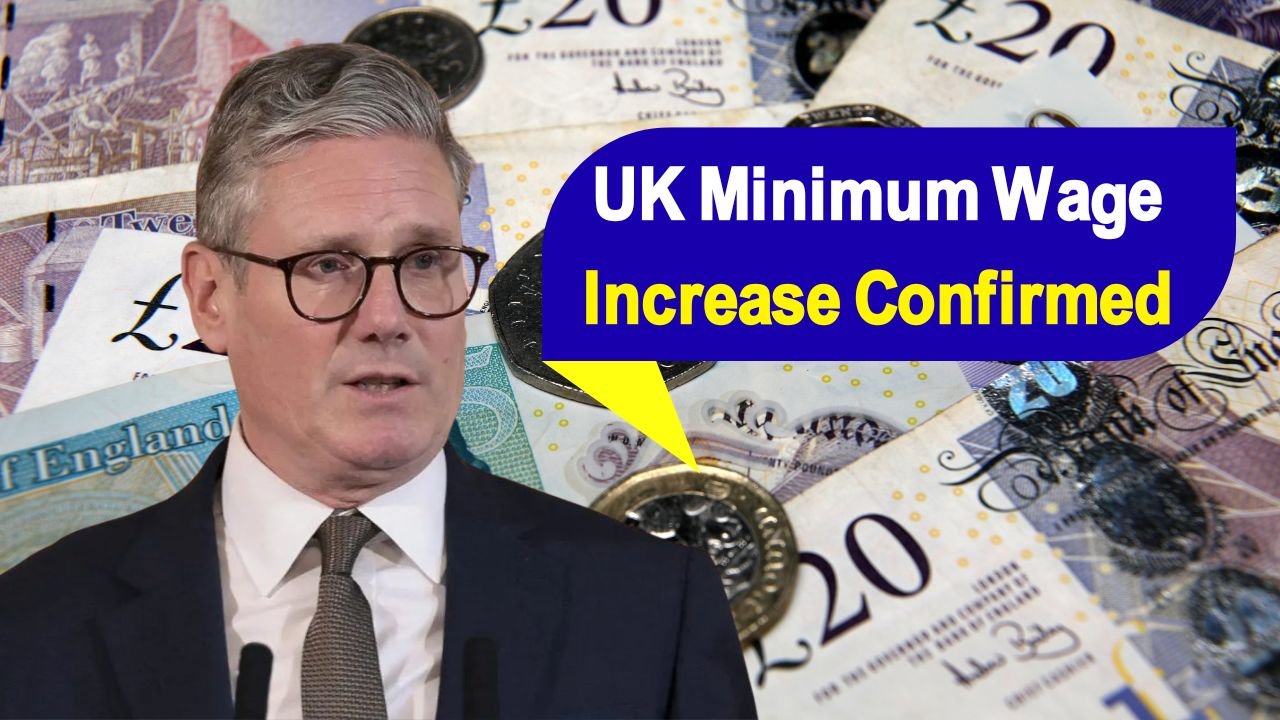The UK government has announced a significant increase in the National Minimum Wage and National Living Wage, effective April 2026. This change aims to enhance workers’ incomes but has raised concerns among businesses about rising costs. This article examines the details of the wage hike, its effects, and the varied responses it has sparked.
Why the Wage Increase?
The wage hike is driven by the government’s commitment to improving living standards amid rising inflation and cost-of-living pressures. The policy seeks to help low-income workers afford essentials like housing, food, and energy while addressing income inequality and promoting fair pay across sectors.
Benefits for Workers
The wage increase will provide greater financial security for low-wage workers, particularly in industries like retail, hospitality, and care. The boost in take-home pay could help cover daily expenses or support savings goals. However, some workers fear the increase may not fully offset inflation, potentially limiting its real impact.
Challenges for Businesses
Businesses, especially small and medium-sized enterprises (SMEs), face significant challenges with higher wage costs. Increased payroll expenses could strain budgets, leading some employers to reduce hours, cut jobs, or raise prices. Sectors with slim profit margins, such as hospitality and childcare, are particularly vulnerable, with risks of job losses or closures.
Public and Industry Reactions
The wage hike has elicited mixed responses. Workers’ unions and advocacy groups have praised it as a step toward fairer pay. Conversely, business associations argue that the government has not offered enough support to help companies manage the costs. Social media and online forums reflect this divide, with workers welcoming the raise and employers seeking tax relief or subsidies.
Enforcement of the Wage Increase
The new wage rates will be enforced through existing labor laws, with HM Revenue and Customs (HMRC) overseeing compliance. Employers must update payroll systems by April 2026 to reflect the new rates. Non-compliance could result in fines or legal action, prompting businesses to plan ahead for a smooth transition.
Penalties for Non-Compliance
Employers failing to pay the updated minimum wage face severe penalties, including backdated wage payments and fines of up to £20,000 per worker. Repeat offenders may also be publicly named on government websites. These measures aim to ensure compliance but have raised concerns among small businesses about the financial impact of unintentional errors.
Expert Insights
Economists are divided on the policy. Supporters argue it will boost consumer spending and stimulate the economy, as low-wage workers tend to spend their extra income. Critics warn of potential inflation or reduced hiring, particularly in sectors facing post-Brexit labor shortages. Some experts recommend pairing the wage increase with business support to mitigate economic risks.
Impact on Business Operations and Pricing
The wage hike may force businesses to adjust strategies. Companies might raise prices, streamline operations, or invest in automation to offset higher labor costs. For consumers, this could mean increased prices for goods and services, especially in sectors reliant on low-wage workers, such as fast food and retail.
Legal and Political Considerations
Some business groups are considering legal challenges, arguing the wage increase burdens employers without sufficient consultation. Political opposition is also growing, with calls for a balanced approach that includes business support. If criticism intensifies, the government may face pressure to revise the policy or introduce offsetting measures.
Guidance for Workers and Employers
Workers should verify their eligibility for the new wage rates and ensure employer compliance. Businesses are advised to prepare early by consulting financial advisors, reviewing budgets, and exploring cost-saving measures. Upskilling staff or improving productivity could also help justify the higher wages.
Government’s Response
The government defends the wage increase as part of a broader plan to support workers and drive economic growth. Officials have committed to monitoring its impact and engaging with businesses to address concerns. However, some stakeholders remain skeptical about whether the government will act on feedback.
Looking Ahead
As April 2026 approaches, businesses and workers must prepare for the new wage rates. Economic data, public opinion, and potential legal challenges could shape the policy’s implementation. Staying informed and seeking professional advice will be crucial for navigating these changes effectively.





